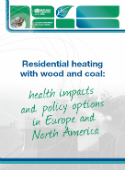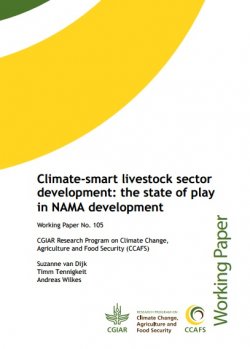Fluorinated greenhouse gases 2019
<p>The 2019 edition of the European Environment Agency (EEA) report on fluorinated greenhouse gases (F-gases) confirms the good progress achieved in 2018 by the European Union (EU) in phasing-down the
<p>The 2019 edition of the European Environment Agency (EEA) report on fluorinated greenhouse gases (F-gases) confirms the good progress achieved in 2018 by the European Union (EU) in phasing-down the

This report provides an overview on the state of play of most adaptation platforms in Europe. It offers information on the scope, history, targeted users and funding models of the identified national,

Residential heating with wood and coal is an important source of ambient (outdoor) air pollution; it can also cause substantial indoor air pollution through either direct exposure or infiltration from

Given the projected increase in the demand for animal-source foods in developing countries, trends in livestock GHG emissions and other environmental impacts, there is an urgent need to change livestock
Air pollution from Europe's largest industrial facilities cost society at least €59 billion, and possibly as much as €189 billion in 2012, according to an assessment published by the European Environment
This report presents an overview and analysis of air quality in Europe from 2003 to 2012. It reviews progress towards meeting the requirements of the air quality directives and gives an overview of policies
Production and consumption systems in the European Union have large, global impacts on the environment. More sustainable ways of satisfying needs are emerging, but they need more support, according to
This working paper provides a summary of initial findings on the factors influencing how meso-level institutions in Nepal are responding to climate change and extreme climate events. Nepal is still experiencing
This meta-synthesis of national climate change adaptation plans, policies and processes spans twelve countries at various stages of adaptation planning and implementation, in three priority CCAFS regions:
This meta-synthesis of national climate change adaptation plans, policies and processes spans twelve countries at various stages of adaptation planning and implementation, in three priority CCAFS regions:
This paper published by UNEP Risø Centre argues for a new integrated approach to asses NAMAs' SD impacts that consists of SD indicators, procedures for stakeholder involvement and safeguards against negative impacts.